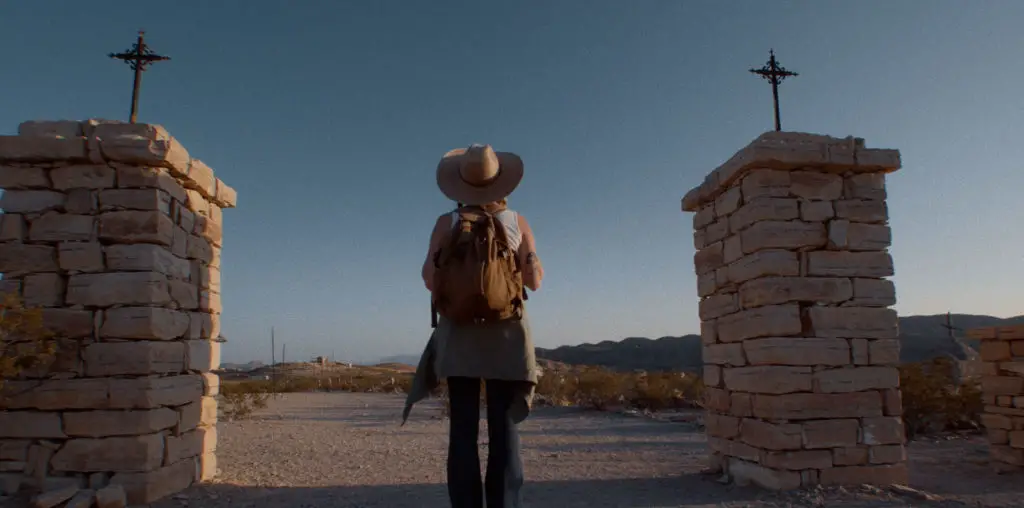
Even though they made their debut at the same time punk was breaking out, the Police’s association with that movement was tangential at best. All three original members (Sting, Stewart Copeland, Henry Padovani) and eventual guitarist Andy Summers hailed from jazz and prog rock backgrounds. And at first blush, a trio of bleached blonde former jazzies touring with punk acts might sound nauseating, but the Police would end up crafting a unique sound that made them one of he most successful bands of the 1980s.
In 1978, drummer Copeland bought a Super-8 camera with some of his first band-related profits, and proceeded to exhaustively document the day-to-day life of the band. Because Super-8 has no negatives, his 50+ hours of footage went into storage until technology caught up enough to create a more durable medium. With digitization now possible, he was able to resurrect his efforts and come up with “Everyone Stares,” the definitive insider’s view of the rise of a supergroup.
As it turns out, this isn’t entirely the case. Copeland does chronicle everything from their 1978 van tour across the United States to their first European gigs, all the way up to playing before crowds in the hundreds of thousands and becoming the most successful band in the world before breaking up for good in 1988, a full four years after the band had recorded or toured together.
The whole “rise to stardom” angle has been documented in rock documentaries before, but never before have we seen it from the perspective of one of the group’s members, and we get to see never-released concert footage and behind-the-scenes stuff that will make any Police fan happy. Copeland, who edited the film himself, has a unique style that captures the numbing sameness of life on the road as well as their explosive performances. But at a scant hour and fifteen minutes, it’s nowhere near enough. Copeland comments on the disconnect that comes from being constantly touring megastars, but he barely touches on the conflict between himself and Sting, a tempestuous relationship that was one of the driving forces behind the band. It gets one castaway reference when Copeland talks about the “Ghost in the Machine” sessions, but that’s it. And the band’s career and accomplishments post-1981 are barely touched upon. “Everyone Stares” is an unprecedented look at the brief career of one of rock’s all-time greatest acts, but disappoints more than it illuminates.
